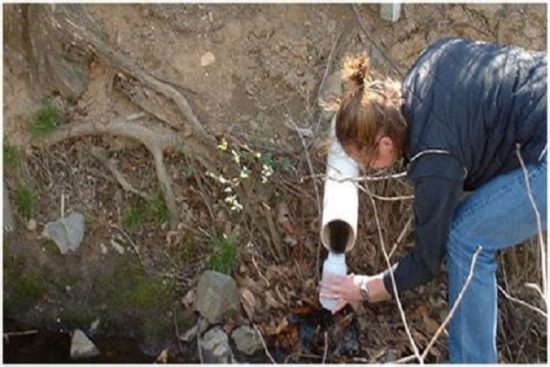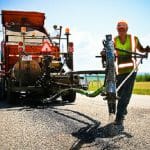- Course No E – 1166
- PDH Units 6.00
No data found for Custom Course Number
No data found for Custom Course Units
- Course No E – 1166
- PDH Units 6.00
Intended Audience: civil, environmental, and hydraulic engineers concerned with storm water management.
PDH UNITS: 6
Provisions of the 1987 Clean Water Act require National Pollutant Discharge Elimination System (NPDES) permits for storm water discharges. Section 402 (p)(3)(B)(ii) of the law requires that permits for municipal separate storm sewers (MS4s) shall include a requirement to prohibit problematic non-storm water discharges into storm sewers. Thus affected agencies must identify and locate sources of non-storm water discharges into storm drains so that appropriate actions for their elimination may be instituted. To provide support and guidance, primarily to Phase II NPDES MS4 communities, for the establishment of Illicit Discharge Detection and Elimination (IDDE) programs, the Environmental Protection Agency funded the development of a manual, “Illicit Discharge Detection and Elimination, A Guidance Manual for Program Development and Technical Assessments.” The manual also has application for Phase I communities looking to modify existing programs and for groups such as watershed organizations that are interested in watershed restoration activities. This course is based on Chapters 11-14 of the manual, which focusses on technical information about methods to screen, characterize and remove illicit discharges in MS4 communities. Detailed information is presented on speci?c monitoring techniques and protocols. This course is based on Chapters 11-14 of the U.S. Environmental Protection Agency document, “Illicit Discharge Detection and Elimination, A Guidance Manual for Program Development and Technical Assessments” by E. Brown, D. Caraco, and R. Pitt, October, 2004. Chapters 1-10 and the Technical Appendices from the manual are included as reference material.
Learning Objectives
At the successful conclusion of this course, you’ll be able to identify and discuss:- Components of an outfall reconnaissance inventory (ORI)
- Desktop analysis to support the ORI
- Customizing the ORI for a particular community
- Interpreting ORI data
- Sample collection considerations
- Methods to analyze indicator samples
- Techniques to interpret sample data
- Tracking discharges to a source: investigations of storm drain networks, drainage areas, septic systems, and on-site facilities
- Techniques to fix discharges
Once completed, your order and certificate of completion will be available in your profile when you’re logged in to the site.










